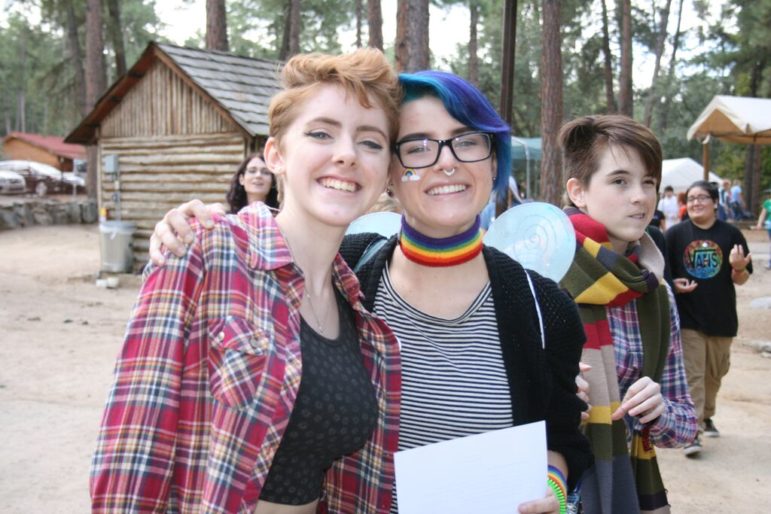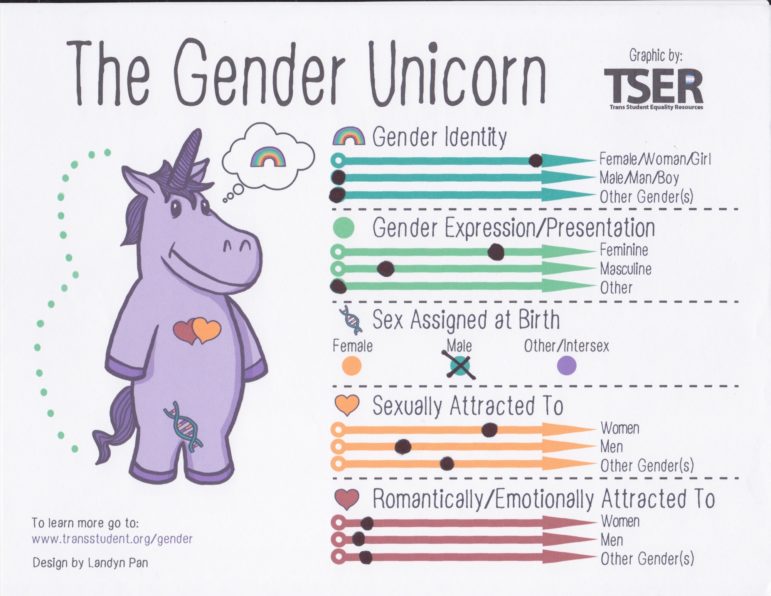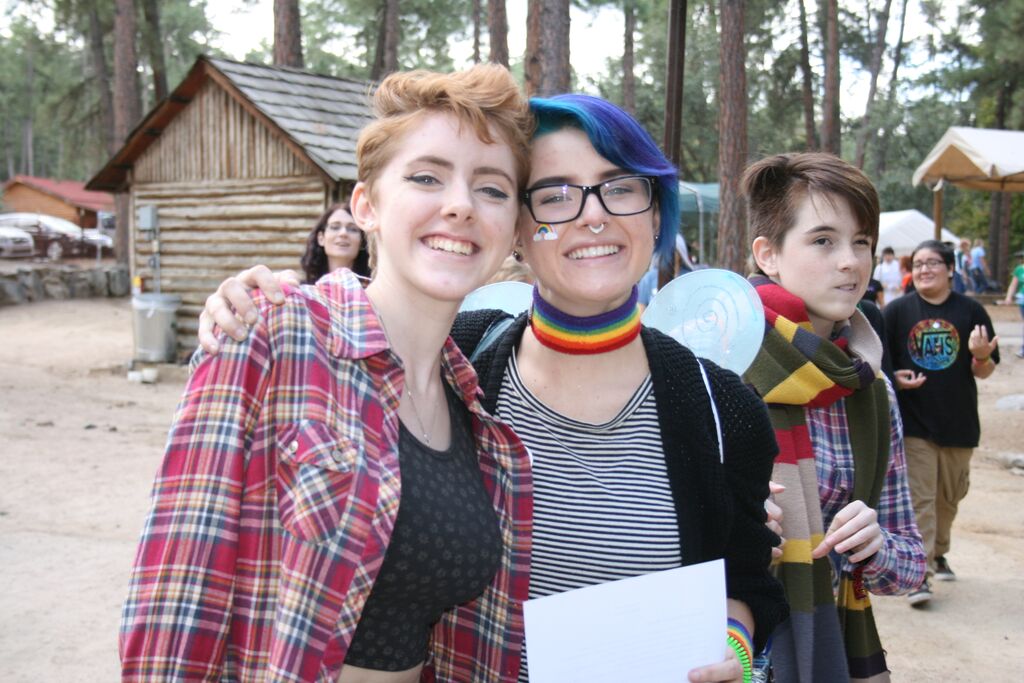
At a youth center in downtown Phoenix, teens can be found taking cooking lessons, participating in a drum circle or doing martial arts. They can take part in a queer support group or a trans support group and get health-care services.
The center is run by one.n.ten, a nonprofit organization that serves lesbian, gay, bisexual, transgender and questioning (LGBTQ) youth ages 14 to 24.
Twelve guidelines keep the space safe and welcoming. Keep confidences, avoid labels and respect personal opinions are among them.
Youth programs should always set up safe space guidelines that are appropriate for their program, said Rachel Sherman, program coordinator at one.n.ten.
Most youth workers “are dedicated to the mental, physical and emotional health of the youth they serve,” she said.
“[But] the majority of people don’t have the knowledge they need to appropriately work with LGBTQ people,” Sherman said. They may assume that others have a straight lifestyle. These “microaggressions” are small assumptions “that bite at individuals,” Sherman said.
[Related: Becoming a ‘Real Boy’: Filmmaker Follows Teenager’s Trans Journey]
Sherman’s recommendations:
- Degender your language and be more inclusive. When the staff talks to kids, leave ample room for kids to share their gender identity.
- Ask young people: “What’s your pronoun?”
- Avoid making assumptions. Avoid asking about someone’s boyfriend or girlfriend. Instead, ask about their “love interest.”
- When you introduce yourself, indicate which pronouns you prefer.
- Understand the difference between gender identity and gender expression. “Gender identity is not necessarily tied to how you dress, move or speak in the world. It’s not tied to sexual orientation or the gender assigned at birth,” Sherman said.
“Adults often want to put things in boxes,” she said. “Understand that all of these notions are fluid. Young people can shift and move.”
They are not willing to put themselves in a box but are comfortable in being able to express themselves, she said.

Tips for Youth Workers and Organizations to Achieve Cultural Competence
A program dedicated to cultural competence will:
— cultivate a diverse staff that youth can identify with in terms of race, gender, culture, sexual orientation, language and special needs;
— collect data on the demographics of the youth served and the youth in the community to determine whether any groups need further outreach, appropriate languages for program materials and what kind of cultural staff training is needed;
— be physically accessible and culturally and linguistically inclusive;
— lead activities that encourage youth to affirm their cultural and ethnic heritage; and
— provide youth with opportunities to interact with and learn from youth with different cultural identities.
Source: Putting It All Together: Guiding Principles for Afterschool Programs Serving Preteens, a 2008 report from the Lucile Packard Foundation for Children’s Health
Editor’s note: A longer story about cultural competency in youth development and youth programs will be published in the July/August print edition of Youth Today. Click here for subscription information. Current subscribers will be able to access the story in print and online in July.
More related articles:
Runaway and Cast Off: One LGBT Teen’s Story
Cultural Competence and LGBTQ Kids
Support for LGBTQ Youth Can Reduce Drugs and Alcohol Abuse































